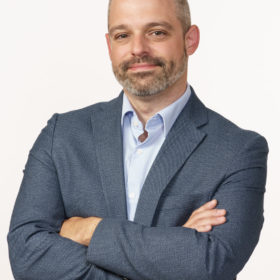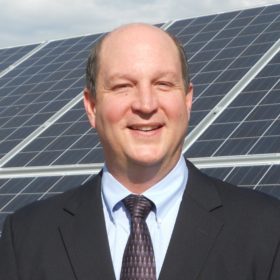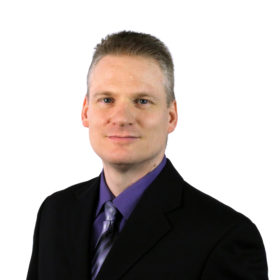Ensuring the stability of solar tracking systems and modules during wind events is one of the top concerns of solar site owners, project developers, and EPC contractors. A poorly designed single-axis tracker can result in damage to solar trackers and modules, leading to costly downtime, insurance claims. Our webinar partner Array Technologies will detail its passive wind mitigation system, which allows individual rows to assume a 52° tilt position if winds pick up.
Discover an innovative strategy to mitigate risk of damage from wind events
Ensuring the stability of solar tracking systems and modules during wind events is one of the top concerns of solar site owners, project developers, and EPC contractors. A poorly designed single-axis tracker can result in damage to solar trackers and modules, leading to costly downtime, insurance claims.
In this pv magazine webinar, our partner Array Technologies will detail its passive wind mitigation system, which allows individual rows to assume a 52° tilt position. Lucas Creasy and Jon Sharp from Array Technologies take us on a deep dive into Array’s patented approach to what, they say, is a failure-free wind mitigation system in both low and high wind events.
Also joining the webinar will be Matthew Brown from wind tunnel laboratory RWDI, who will share his insights on wind tunnel methodology concerning single-axis trackers. Additionally, Brown will tell us about the different flow patterns, turbulence, and vortices that manifest themselves in high-, medium-, and low tilt behavior during strong wind conditions. Brown will also explain the most common load effects that torture trackers in windswept fields.
Join our webinar for an explanation of scale model methods for deriving tracker wind loads in a wind tunnel, and of the dangers posed to solar assets by both low and high wind.
Webinar Content:
- Most prominent load effects on single-axis trackers
- Typical wind mitigation methods
- Array’s patented approach to wind mitigation in both low and high wind events
- Different flow patterns in different tilt angles
Be part of the conversation!
Questions can be submitted beforehand or during the webinar through a chat window.




